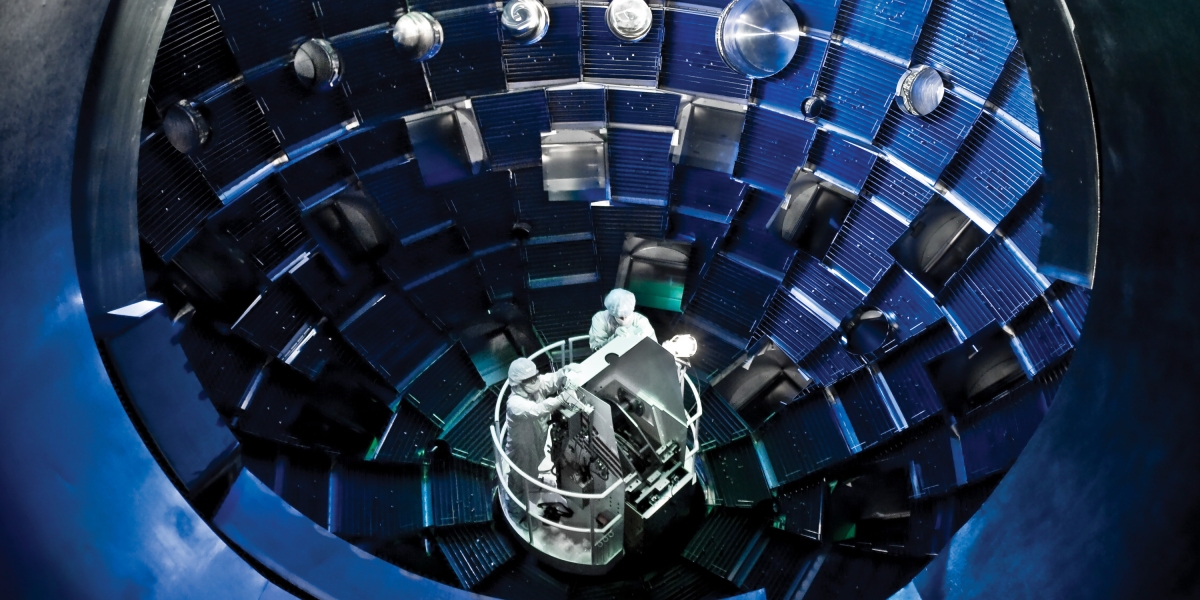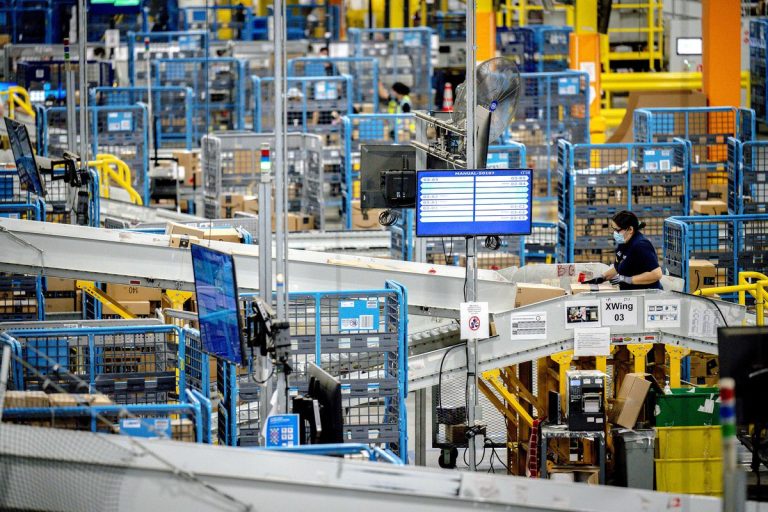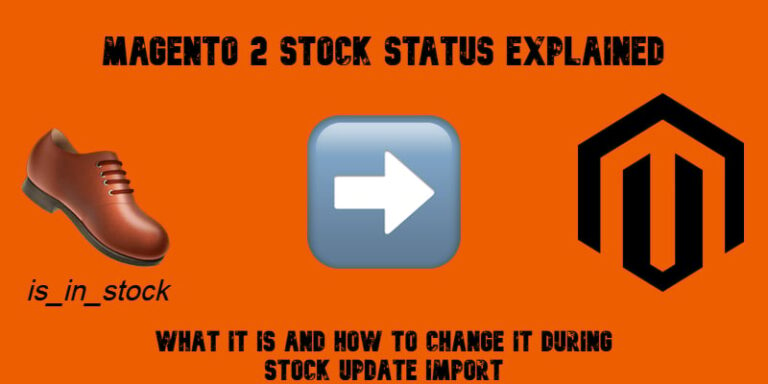
Commonwealth is working on a compact, relatively inexpensive reactor that would cost hundreds of millions of dollars, instead of the billions it took to construct NIF. Its approach relies on superconducting materials to achieve super strong magnetic fields that can keep plasma in place for fusion reactions (the temperatures are far too high to use conventional materials to keep the fuel in place).
Some experts in fusion say practical reactors that can be used to generate significant amounts of power are still a few decades away. But Commonwealth and other startups have more ambitious timelines in mind, planning to build demonstrations within a few years and power plants within about a decade. Commonwealth announced last year that it raised $1.8 billion in venture capital funding to make it happen.
The NIF news is probably going to be a big boon for the fusion field generally, driving more interest and investment. But it’s not a guarantee that inertial confinement, or any other approach to fusion, will succeed commercially. Achieving net gain in one kind of reactor doesn’t necessarily translate to others, so tokamaks and other reactors will need to have their own breakthrough moment on the pathway towards making fusion power happen.
For more details on the news, including how much power it took to actually run those lasers, check out my story. I’d also recommend this coverage from The Atlantic, which dives into more of the history of fusion hype. And for what the path forward looks like for Commonwealth and other private fusion efforts, read James’s in-depth feature from February.
Keeping up with climate
A new report predicts that renewables could overtake coal as the world’s biggest energy source as early as 2025. (Washington Post)
A wild new idea for solar panels: just set them on the ground to save on installation costs. (Canary Media)
In other solar panel news, researchers are working on “bifacial” solar cells that could take energy in from either side. (Nature Energy)
The US could be funding mining overseas, in an effort to bolster supplies of the materials needed for EVs. (Axios)
→ New tax credits in the US for EVs could hit roadblocks because of material shortages. (MIT Technology Review)
→ Here’s what the EV tax credits mean for you if you’re trying to buy a car in the US soon. (NBC)
New maps show how different neighborhoods have different climate impacts. Estimates find that dense cities tend to be the most climate-friendly, while suburbs and richer neighborhoods have higher emissions. (New York Times)
Mini cars are gaining popularity across Asia, and they’re better for the climate. Here’s what it would take to bring them to the US. (Bloomberg)
JetBlue is dumping offsets, turning their attention instead to sustainable aviation fuels. (The Verge)
→ Alternative fuels still have steep challenges ahead, but the aviation industry is relying on them for climate goals. (MIT Technology Review)






